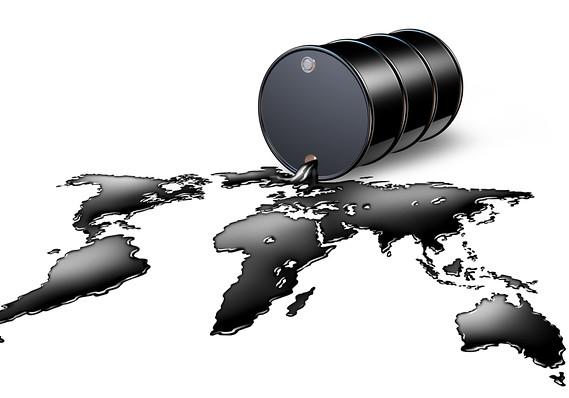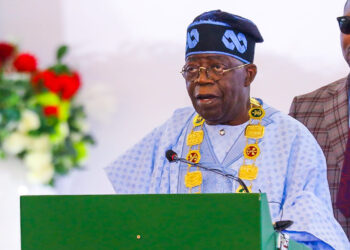Tensions between Saudi Arabia and Iran started over the weekend after Saudi Arabia executed a prominent Shi’ite cleric Nimr Baqr al-Nimr.
Saudi Arabia and Iran are on opposite sides of Islam’s long-standing schism between Sunni and Shia.
Saudi Arabia is a Sunni majority country ruled by a Sunni royal family, while Iran is majority Shia ruled by religious scholars known as Ayatollahs. Over the weekend, Saudi Arabia executed a prominent Shi’ite cleric, who had been accused of terrorism. In response, angry Iranians stormed and ransacked the Saudi embassy in Tehran, taking advantage of the notable absence of Iranian security forces near the embassy.
The tensions between Iran and Saudi reached a new height on Sunday after the latter severed diplomatic ties with Iran after its Embassy was attacked in Tehran.
According to this website Globe and Mail , there are possible scenarios that could occur if the tensions continue;
- Iran could significantly try to stir up trouble in Saudi Arabia’s oil-rich province of Hasa. In the past, Iran has done so periodically, particularly in 1979, when there were giant Shia demonstrations against the House of Saud. Tehran might also try to subvert the Saudi rulers more directly and discredit their leadership more overtly and heatedly.
- The Saudis might well decide to continue their strategy of maintaining oil production to squeeze out higher-cost producers for a longer period than they otherwise would have done, even though that approach runs counter to their historical role in cutting production to boost oil prices. The row with Iran may incline the Saudis to try to punish the country even longer with lower oil prices. Even though Iran’s economy is used to economic pain, this prospect certainly will hurt Tehran.
Althogh Oil prices briefly climbed up on Monday, with WTI up more than 3 percent and Brent up more than 4 percent in early trading hours, both benchmarks spiked above $38 per barrel. That is a long way from the $100 per barrel routinely seen in years past when Middle East tension spooked oil markets, but prices were up from the 11-year lows seen in December.
The Chinese economy is still showing no signs of recovering, which means demand for oil will still be suppressed in the short run.
Another school of thought believe that the global economic forces, alongside oil demand and supply are more important in shaping the price of oil than the tension between Saudi-Arabia and Iran, and unless the conflict escalates in a significant way, the supply overhang will continue to be much more influential on the price of oil. Oil price dropped to an 11 year low of $35.7 on Wednesday.



















